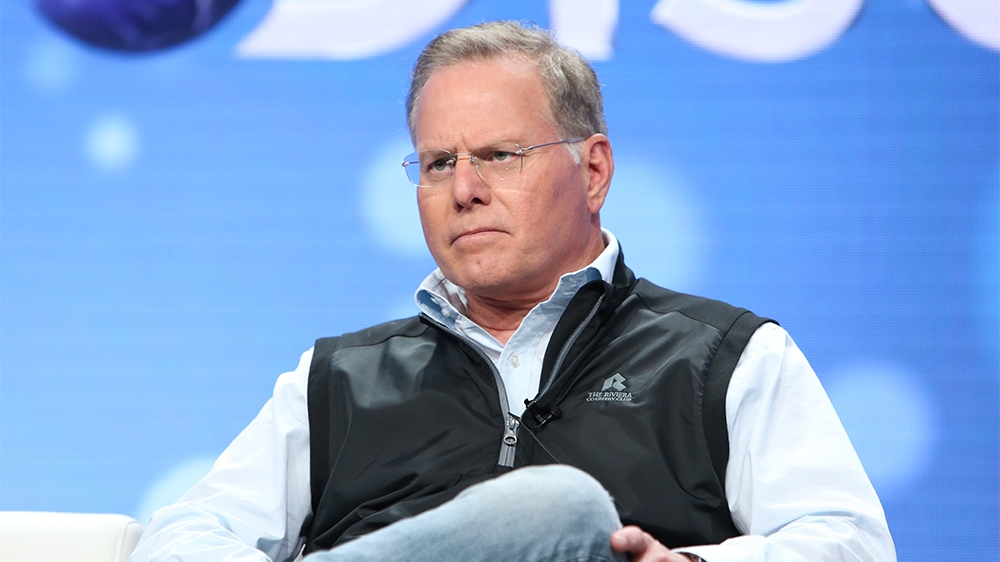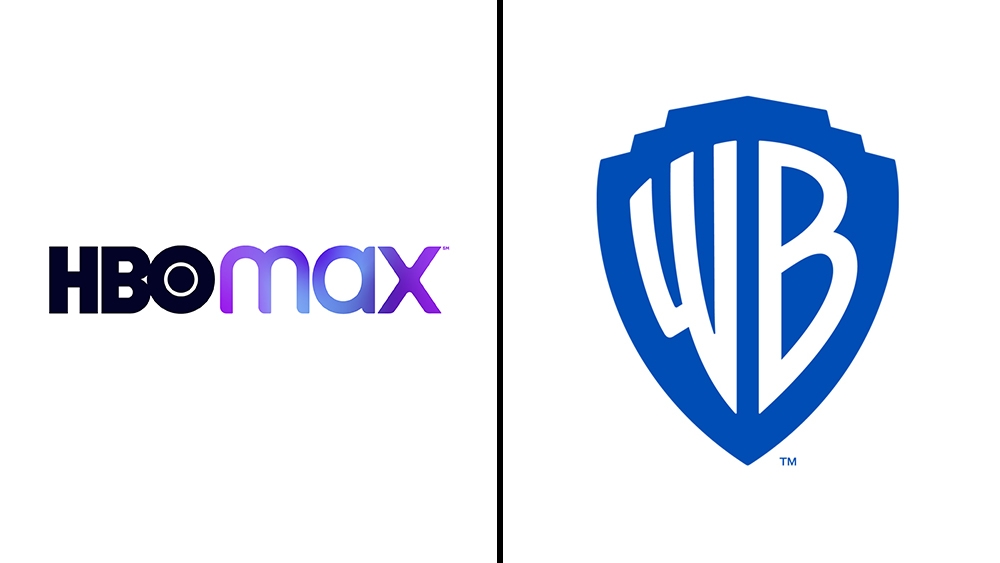In a much-anticipated move, Warner Bros. Discovery (WBD) officially rolled out its new “Max” streaming service on Tuesday. The launch signifies the company’s strategic attempt to claim a significant stake in the increasingly competitive streaming industry. Max consolidates the content libraries of HBO Max and Discovery+, presenting a variety of price points to appeal to a broad spectrum of customers.
The Max service offers three subscription levels, each aimed at enticing different market segments. There’s a $9.99 per month package that comes with ads, followed by a $15.99 per month plan that eliminates advertisements. For customers wanting a top-tier streaming experience, there’s an “ultimate” package for $19.99 per month. The highest tier offers benefits like streaming on four devices concurrently and access to 4K resolution content, as highlighted on the company’s website.
This pricing approach closely resembles HBO Max’s existing structure, mirroring a price hike from earlier this year, which saw the cost of the ad-free plan increase from $14.99 to $15.99 in the US.
David Zaslav, WBD’s CEO, shared the thrilling news about the launch back in April. He stated, “Max is the one to watch, as it provides a destination where every household member can find what they want to watch at any given time.”
Zaslav’s tactical move aims to capitalize on WBD’s extensive range of assets to boost subscription numbers. Max offers captivating stories from renowned franchises, like “Lord of the Rings” and “Harry Potter,” as well as timeless TV series like “Friends” and “The Big Bang Theory.”

The introduction of the Max service is a significant milestone in WBD’s business trajectory. The company has faced multiple merger-related hurdles following the combination of WarnerMedia and Discovery last April. The streaming industry is fiercely competitive, with industry titans such as Disney, Netflix, and Apple continually vying for subscriber supremacy.
Yet, WBD is far from defeat. The media behemoth reported a turnaround in streaming losses in Q1 as subscriber growth significantly surpassed analysts’ expectations. The company posted a direct-to-consumer adjusted EBITDA of $50 million in the first quarter, marking a $704 million year-on-year improvement on a pro-forma combined basis.
Zaslav remains positive about WBD’s outlook, saying, “We have navigated significant restructurings and have refocused our businesses with enhanced precision and attention.”
Financial analyst Laura Martin of Needham conveyed her optimistic stance on the potential success of the Max service. Martin believes that Max will gain from both HBO Max’s high-quality content and Discovery+’s low subscriber attrition rate.
At the same time, J. Christopher Hamilton, a Syracuse University professor and entertainment attorney, envisions a slew of transformative shifts in the media industry. He predicts ongoing layoffs, content reassessments, and concentrated efforts to capture new domestic and international markets.
However, WBD is currently contending with a continuing strike by Hollywood writers, which has significantly hampered production across the industry. If the labor dispute lasts beyond three months, the financial fallout could potentially affect the credit ratings of several media firms.
Regardless of these hurdles, the roll-out of the Max service indicates a positive evolution in Warner Bros. Discovery’s business strategy. It highlights the firm’s tenacity and strategic flexibility amidst changing industry trends and market requirements. As the battle of the streaming services continues, Max is geared up to be a strong competitor.
©traders-news.online










